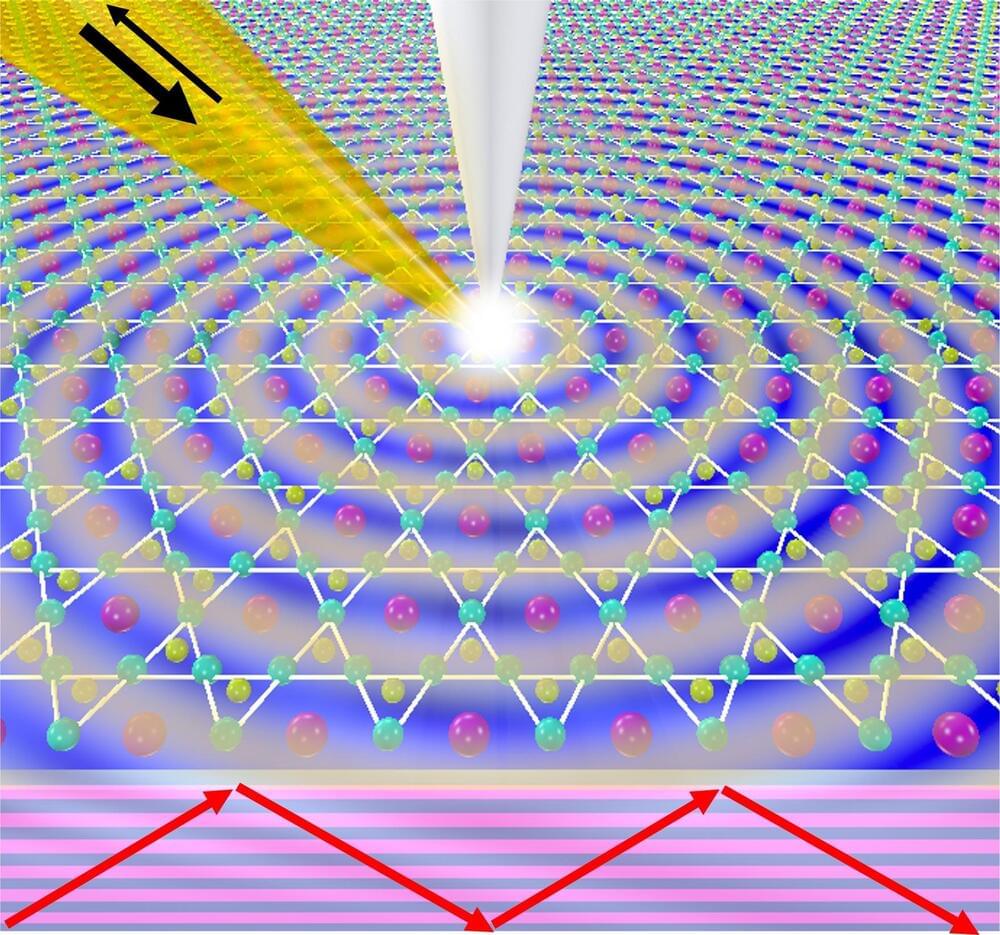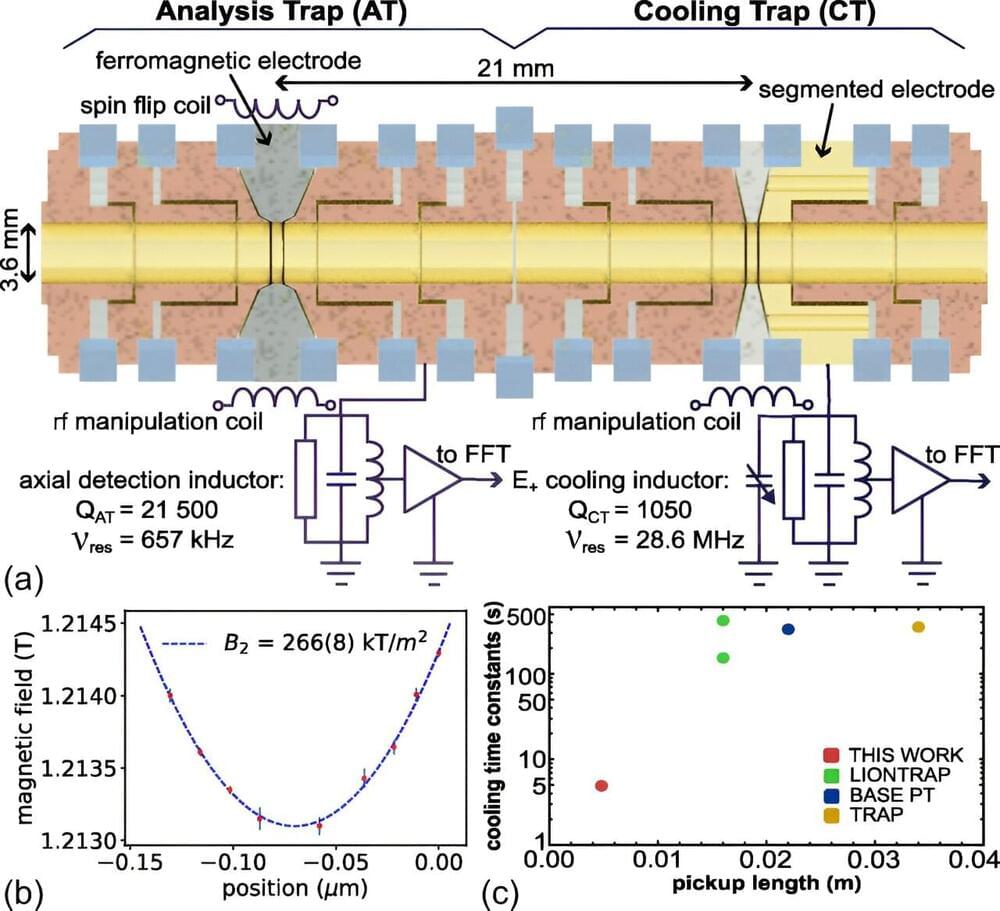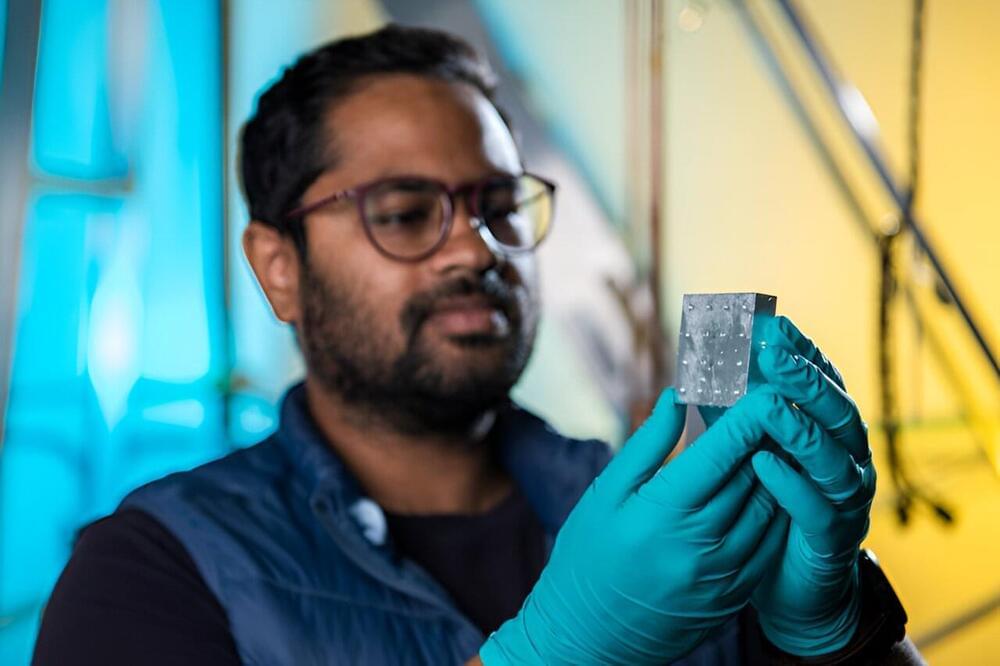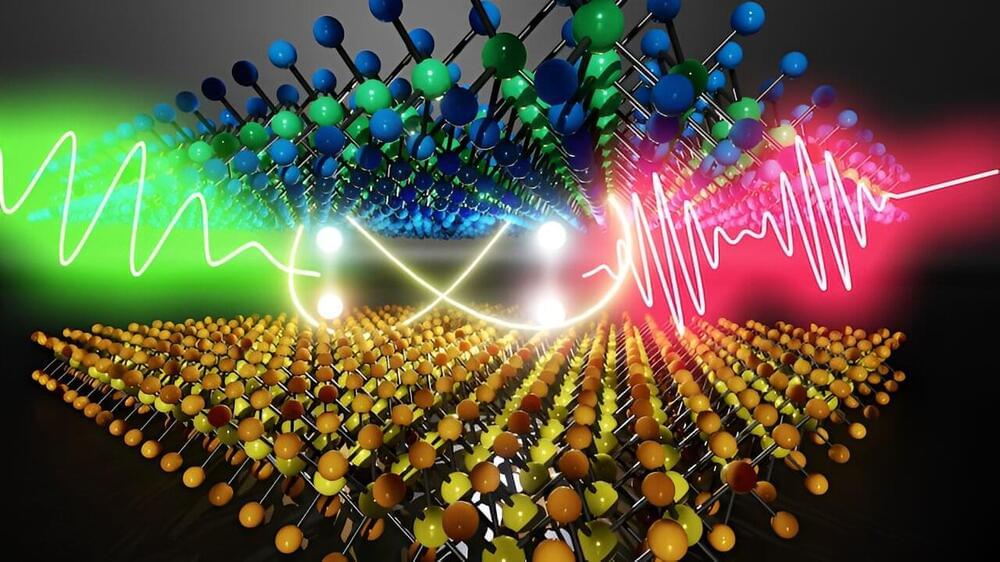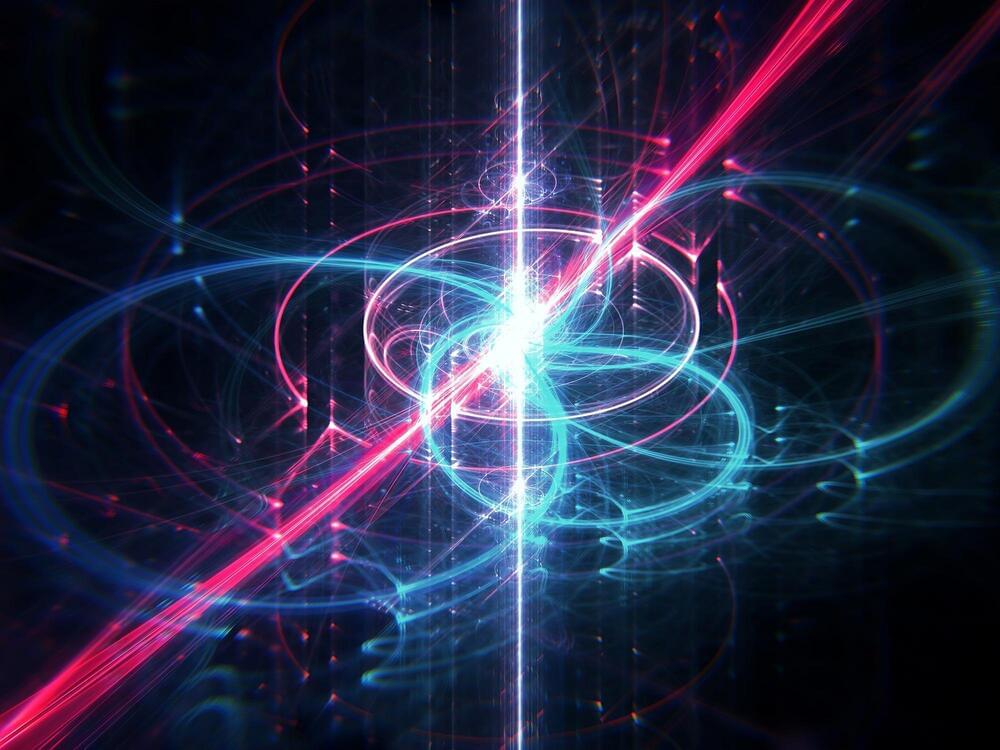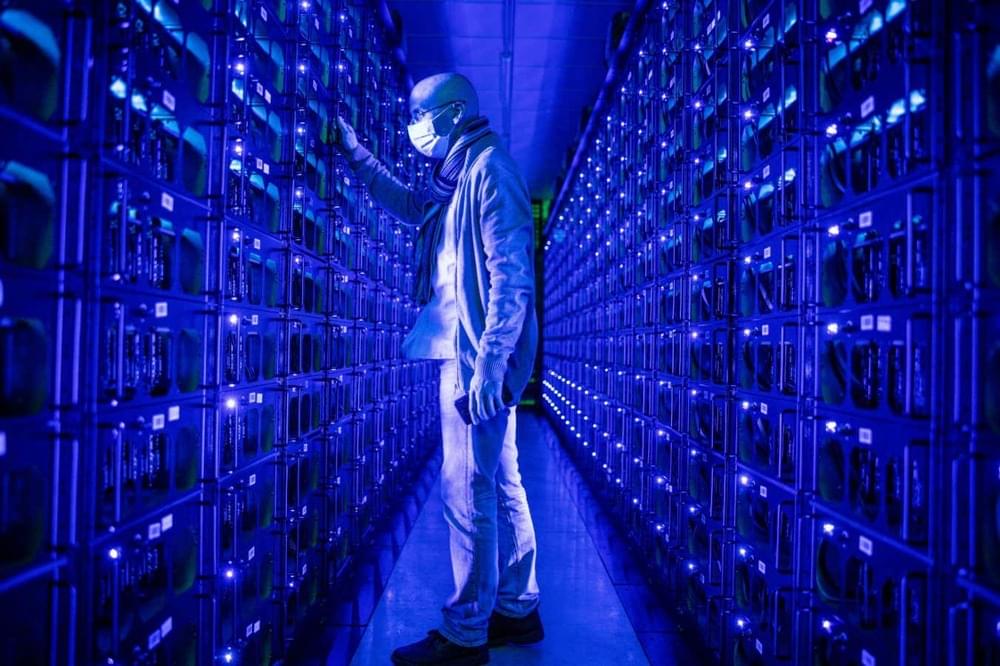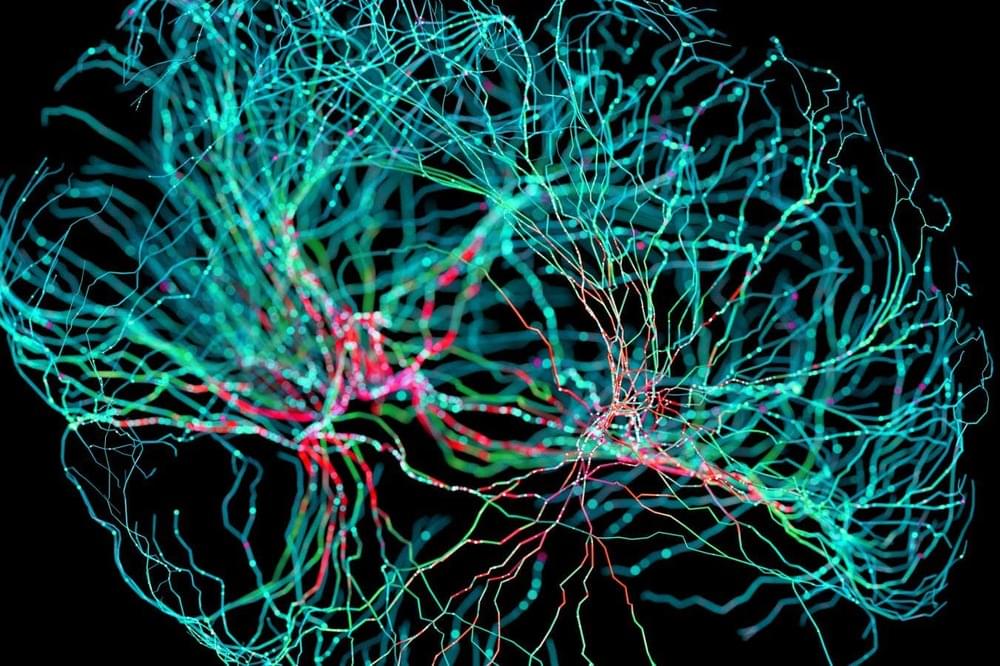A study focused on cesium vanadium antimonide, a Kagome metal, has shown its potential in enhancing nano-optics by generating unique plasmon polaritons. These findings could advance optical communication and sensing technologies.
In traditional Japanese basket-weaving, the ancient “Kagome” design, notable for its symmetrical arrangement of interlaced triangles with shared corners, graces many handcrafted items. Similarly, in quantum physics, scientists use the term “Kagome” to refer to a category of materials whose atomic structures mimic this unique lattice pattern.
Since 2019, when the latest family of Kagome metals was discovered, physicists have been working to better understand their properties and potential applications. A new study led by Florida State University (FSU) Assistant Professor of Physics Guangxin Ni focuses on how a particular Kagome metal interacts with light to generate what are known as plasmon polaritons — nanoscale-level linked waves of electrons and electromagnetic fields in a material, typically caused by light or other electromagnetic waves. The work was published recently in the journal Nature Communications.


